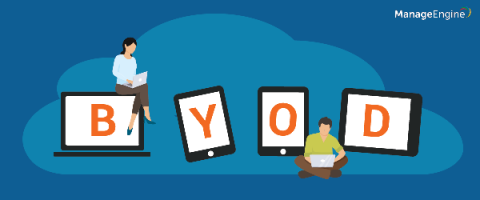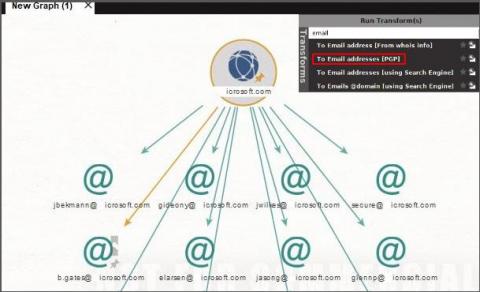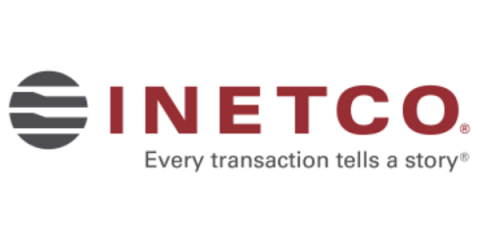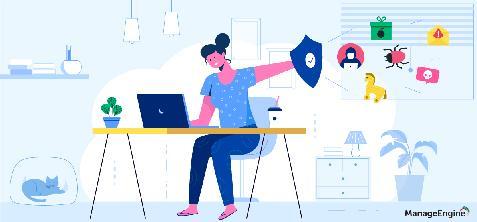How implementing a BYOD initiative helps prepare remote workers for COVID-19 era challenges
As the COVID-19 pandemic continues to force employees to work from home, businesses are facing new and unique challenges to ensure business continuity. When remote work is mandated due to COVID-19, the transition isn’t smooth for many businesses; not every business has the infrastructure to make the abrupt shift, even given the immediate need to go remote.











